As a new parent, watching your peacefully sleeping newborn can feel magical. If you've ever wondered whether you should wake a newborn to feed, you're not alone in this common parenting dilemma, especially when dealing with a sleepy baby.
Newborns have unique nutritional needs requiring consistent feeding schedules, even if that means gently waking them from their slumber. In those precious earliest days, your baby's development depends on regular nourishment to support brain growth, organ function, and healthy weight gain.
Learning how to wake a baby gently and recognizing baby feeding cues becomes essential to your parenting toolkit. Whether you're establishing a newborn feeding schedule, navigating breastfeeding newborn routines, or finding your rhythm with formula feeding, balancing newborn sleep and feeding can feel overwhelming.
This guide covers when it's critical to wake newborn to feed, gentle sleepy baby feeding methods, and how to optimize feeding schedules for healthy development.
Why Newborns Must Feed Frequently
Small Stomachs, Fast Digestion
At birth, an infant’s stomach is extremely small, about the size of a cherry. By two weeks, it’s only about the size of a ping-pong ball. This limited capacity means newborns can only consume small amounts of milk at each feeding, requiring frequent refills.
Breast milk digests quickly, typically within 1.5 to 2 hours, so breastfed infants often need to feed every 2 to 3 hours. Formula, which takes longer to digest, may allow slightly longer intervals, typically 3 to 4 hours.
Preventing Weight Loss and Health Complications
Newborns naturally lose weight in the first few days after birth, typically up to 10% of their body weight. Regaining this weight is essential. Inadequate feeding can lead to:
- Delayed weight regain
- Increased risk of jaundice
- Hypoglycemia (low blood sugar)
- Dehydration
Frequent feeding supports healthy weight gain and prevents complications, especially in premature or low-birth-weight infants.
Establishing Milk Supply for Breastfeeding Parents
In the early postpartum days, milk supply is heavily influenced by demand. Skipping feeds, whether due to a sleepy baby or missed hunger cues, can reduce overall milk production. Frequent nursing or pumping every 2 to 3 hours is essential for establishing and maintaining supply.
When to Wake a Newborn for Feeding
General Guidelines
According to the American Academy of Pediatrics (AAP), newborns should not go longer than 4 hours without feeding in the first 2 weeks of life. After this period, paediatric guidance should be individualized based on growth, weight gain, and feeding patterns.
Situations That Necessitate Waking for Feeds
- Baby is under 2 weeks old
- Weight is still below birth weight
- Baby sleeps longer than 3–4 hours during the day or 4–5 hours at night
- Breastfeeding is not yet well established
- Baby exhibits signs of jaundice or dehydration
Signs a Newborn Is Ready to Feed
Even when sleepy, infants may exhibit early feeding cues, such as:
- Rooting reflex (turning head toward touch)
- Lip smacking or sucking motions
- Bringing hands to mouth
- Light fussing or stirring
Waiting for crying, a late sign of hunger, can result in a frustrated baby who has difficulty latching or feeding effectively.
Techniques for Waking a Sleepy Baby to Feed
If your baby is due for a feeding but remains asleep, use these gentle, evidence-backed methods:
Effective Rousing Methods
- Feed during active sleep: Look for REM signs—fluttering eyelids, squirming limbs, facial expressions.
- Unsaddle and undress: Remove blankets or clothing to help regulate body temperature and encourage alertness.
- Diaper change: Stimulates wakefulness through touch and mild discomfort.
- Upright positioning: Hold baby upright to naturally activate muscle tone and wakefulness.
- Cool washcloth: Gently dab a cool (not cold) cloth on baby’s forehead.
- Sensory stimulation: Talk, sing, make eye contact, and stroke baby’s palms or feet.
- Lighting: Dim the lights to simulate a shift from night to day without overwhelming your newborn’s senses.
Keeping Your Baby Awake During a Feed
Babies often drift off before completing a full feed, especially during night sessions. Ensuring a complete feed is vital for caloric intake and milk supply.
Signs of Active Feeding
- Rhythmic suck-swallow-breath pattern
- Audible swallowing
- Movement in the jaw, cheek, or ear
If baby stops feeding actively:
- Burp and reposition to rouse
- Dribble milk on lips to trigger a reflex
- Switch breasts or change bottle to re-engage
- Gently tickle feet or stroke back
Ideal Night Feeding Duration
Each feeding session should be long enough for your baby to empty at least one breast or finish a full bottle:
- Breastfed babies may take 10–20+ minutes per breast.
- Formula-fed babies typically need 60–90 mL (2–3 oz) per feed in the first weeks.
Let your baby set the pace, but monitor for active feeding throughout.
When to Call the Pediatrician
If your baby consistently:
- Sleeps through more than two feedings
- Is difficult to rouse
- Feeds less than 8 times in 24 hours
- Has fewer than 6–8 wet diapers and 3–4 stools daily
- Shows signs of jaundice or weight loss
Consult your paediatrician or a lactation consultant promptly.
Conclusion: A Feed-Wake-Sleep Strategy for Healthy Growth
Those sleepless nights and around-the-clock feedings might feel overwhelming now, but you're giving your baby exactly what they need during these first critical weeks. Staying consistent with feeding schedules helps ensure healthy development, reduces complications, and supports optimal milk production for breastfeeding parents.
Take heart knowing that this intensive phase won't last forever. As your little one grows and feeding becomes more efficient, they'll naturally begin sleeping for longer stretches, and you'll both find your rhythm.
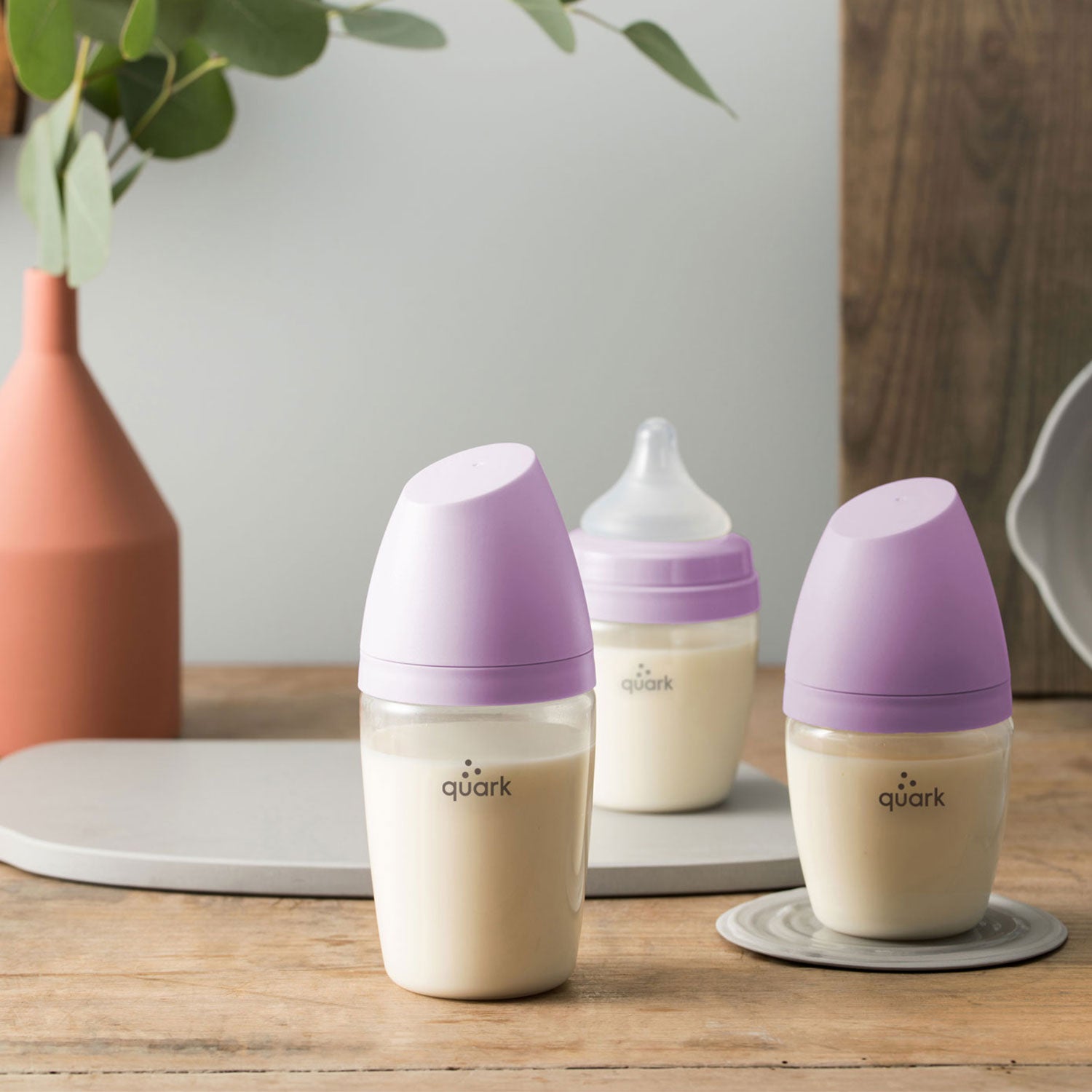




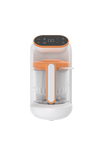
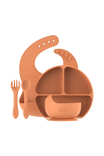
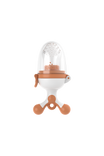
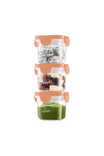

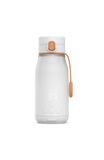
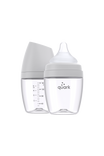
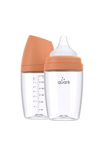
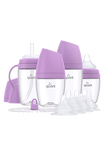
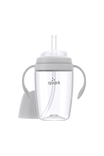
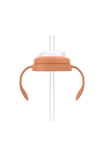
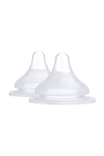


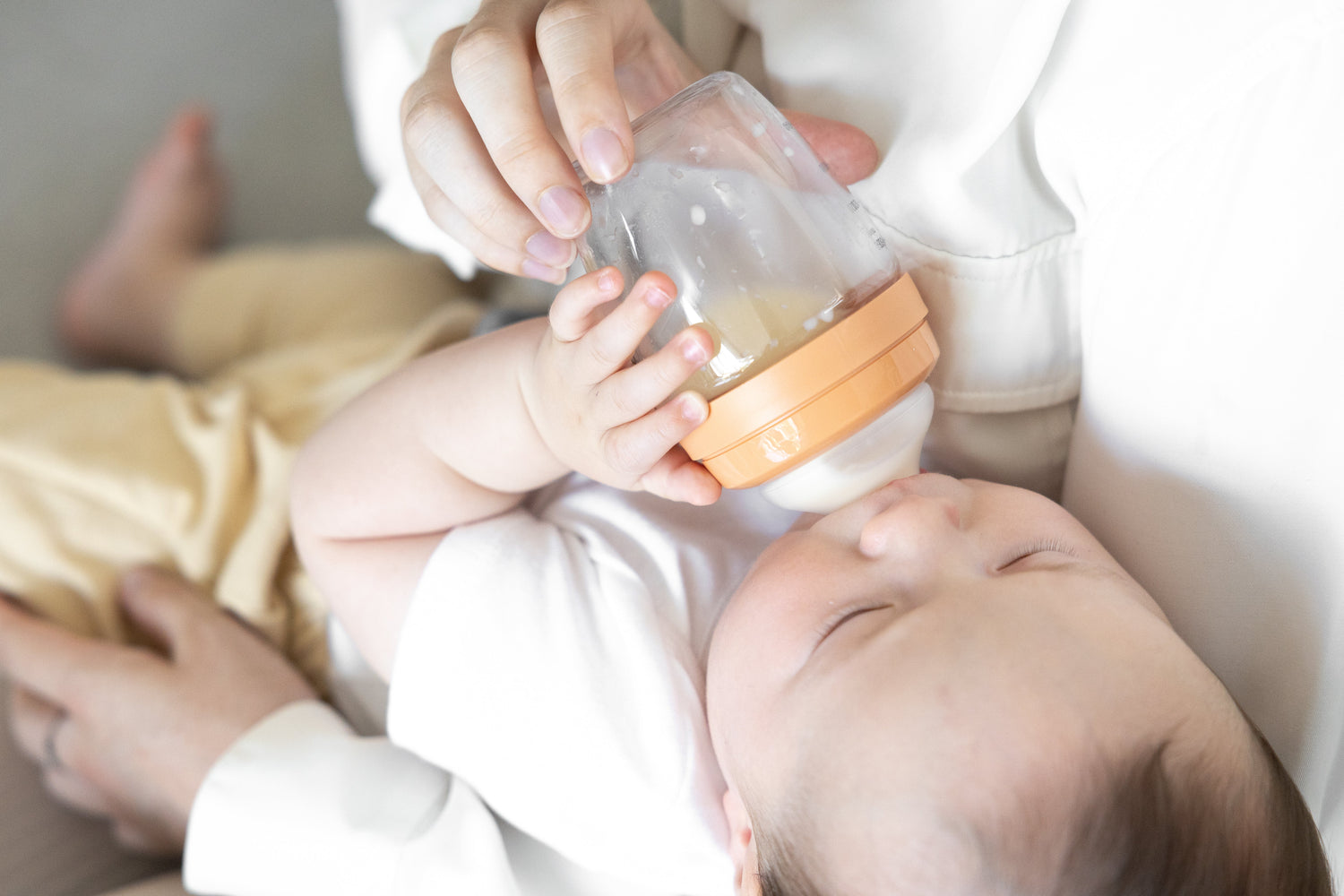


Laisser un commentaire
Tous les commentaires sont modérés avant d'être publiés.
Ce site est protégé par hCaptcha, et la Politique de confidentialité et les Conditions de service de hCaptcha s’appliquent.